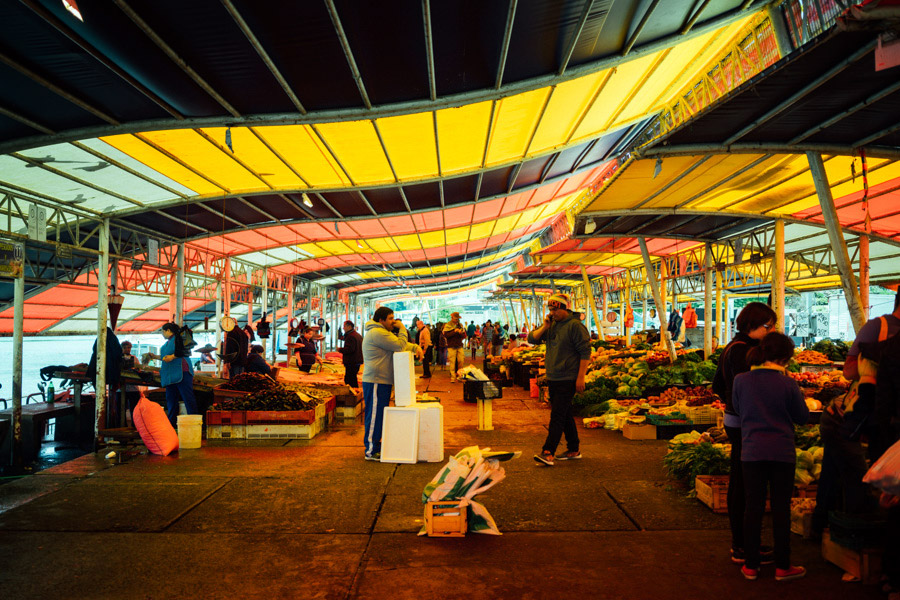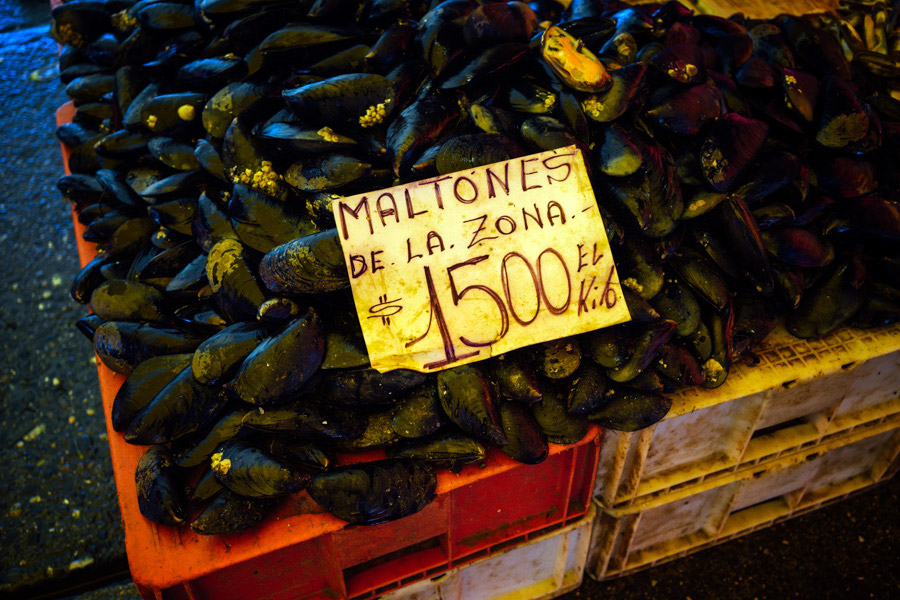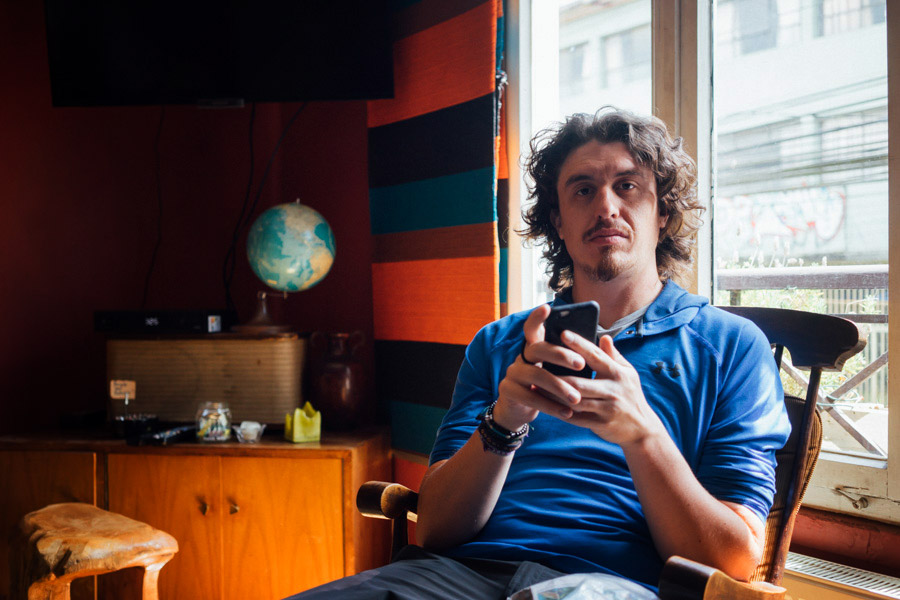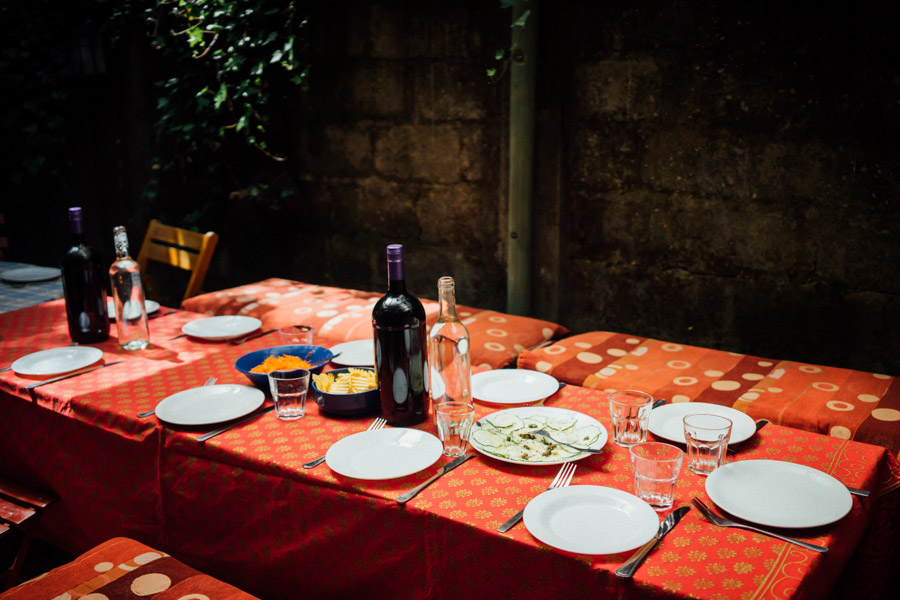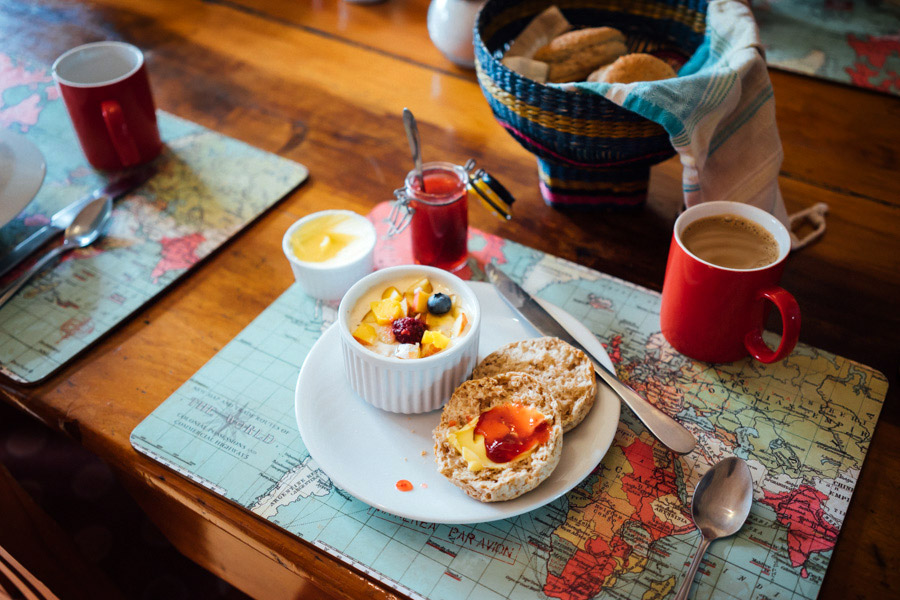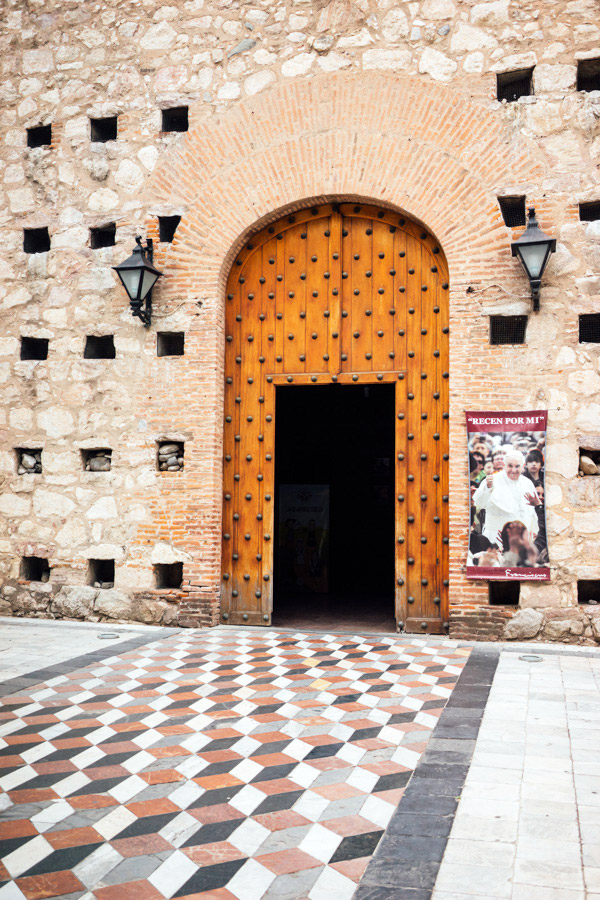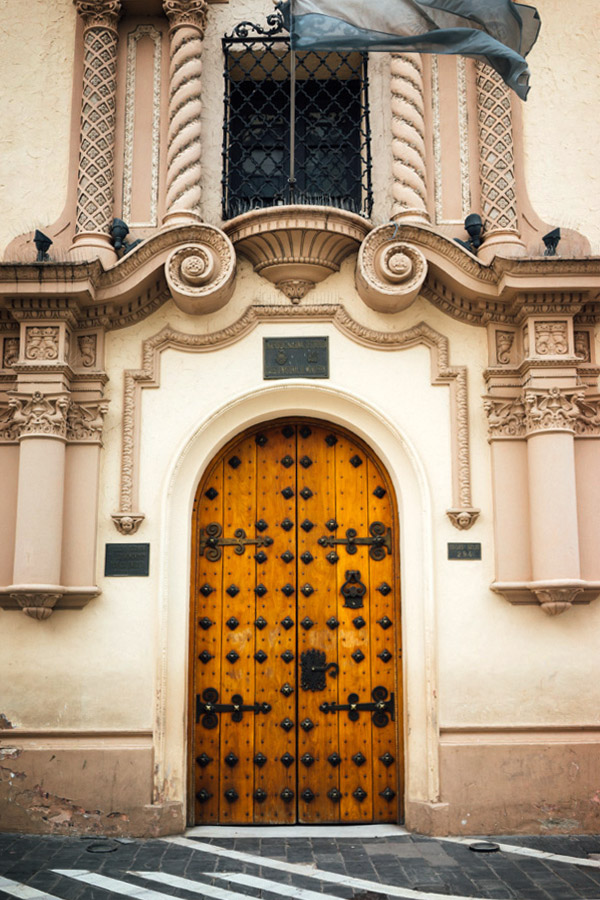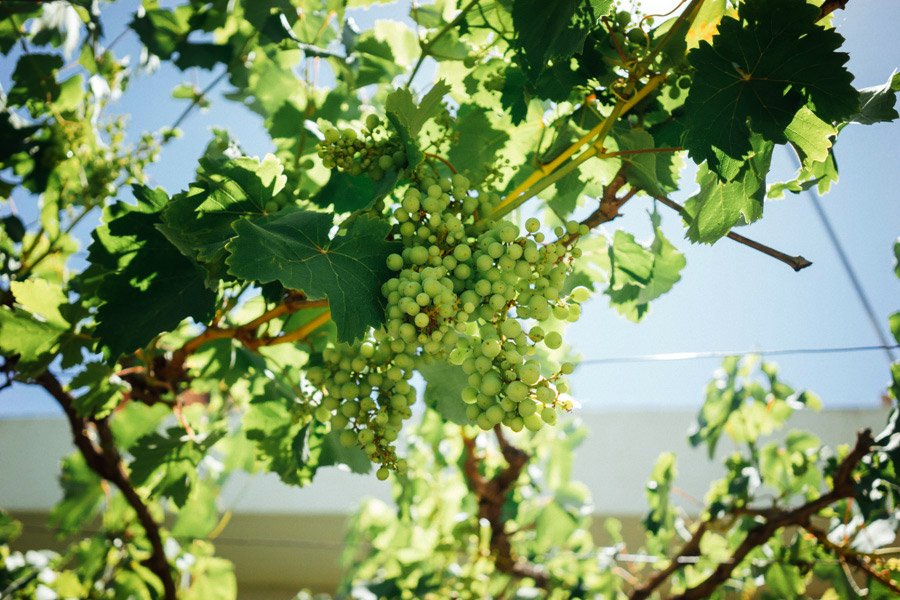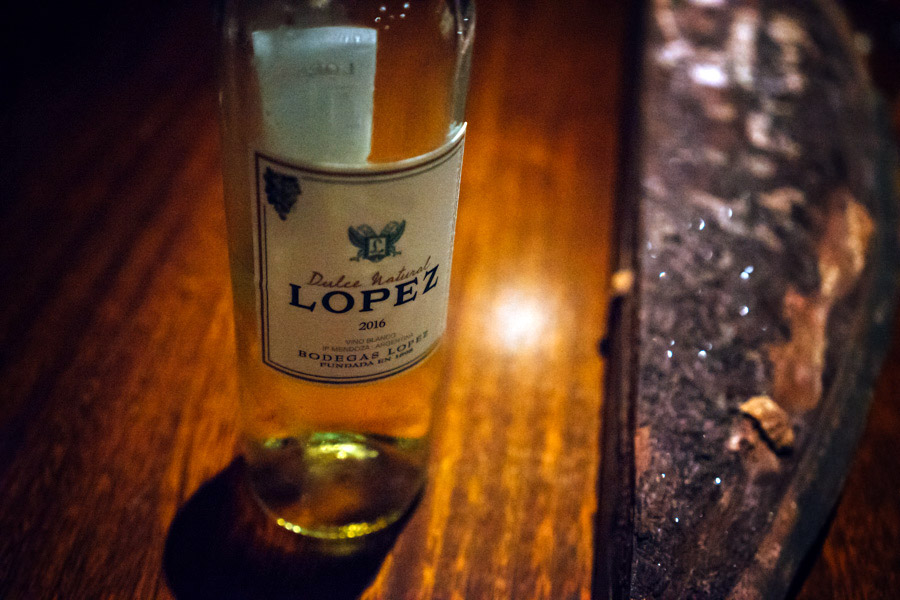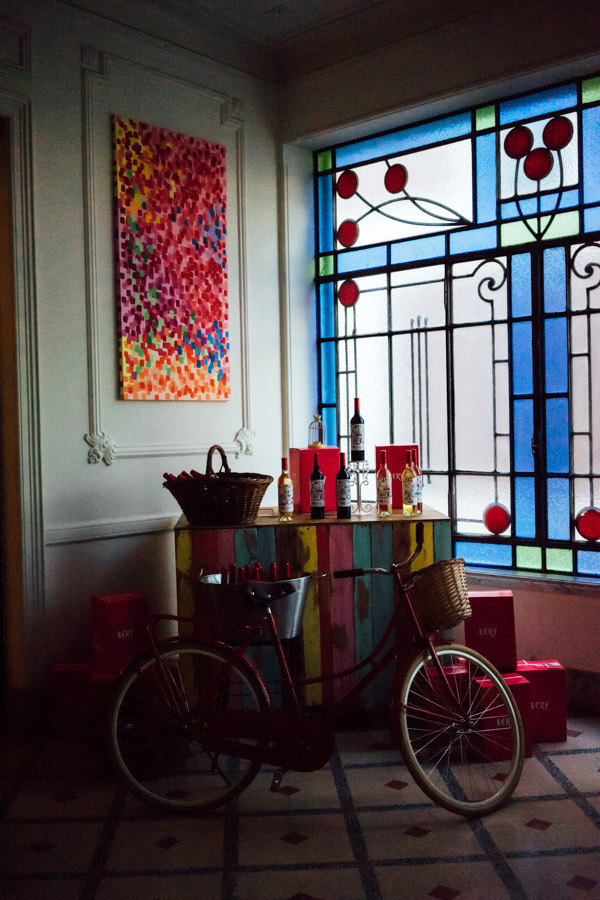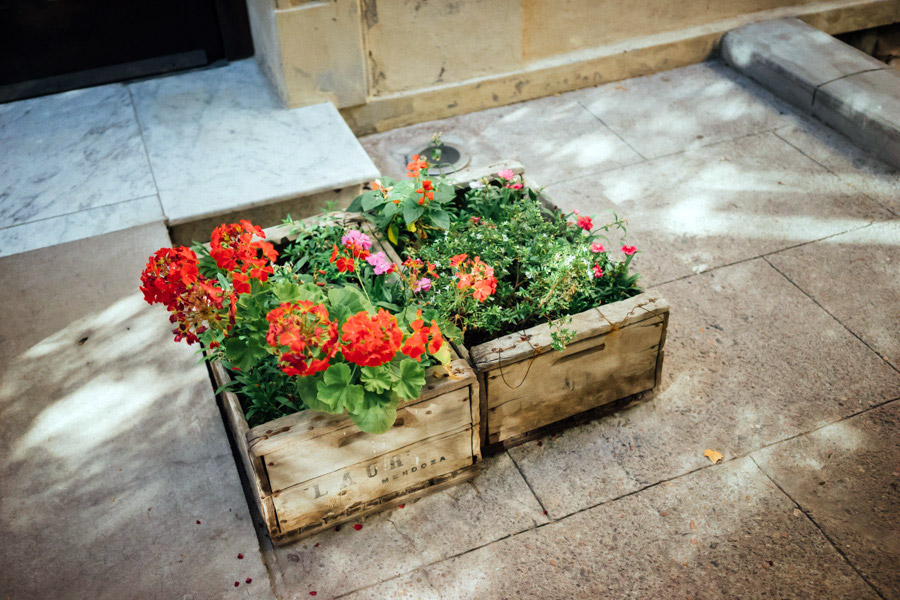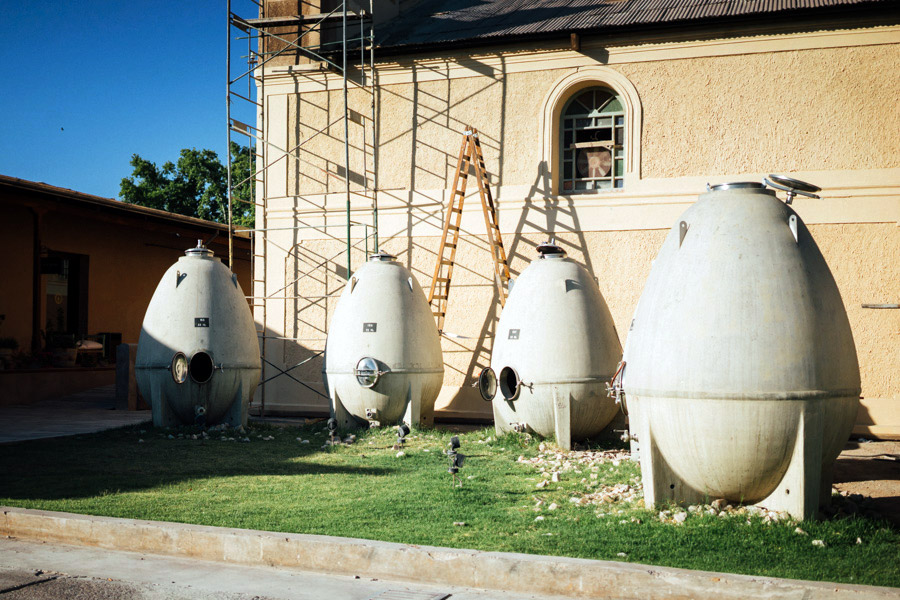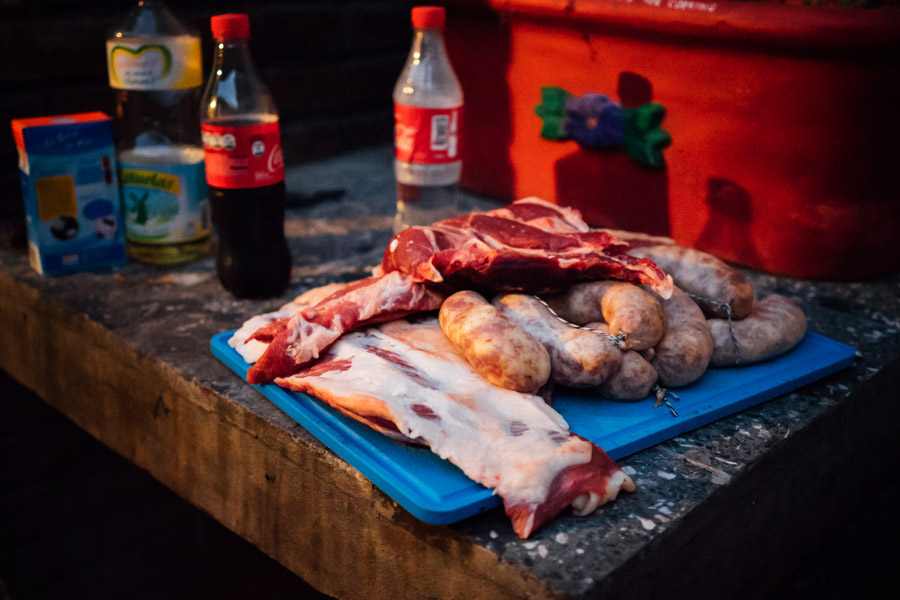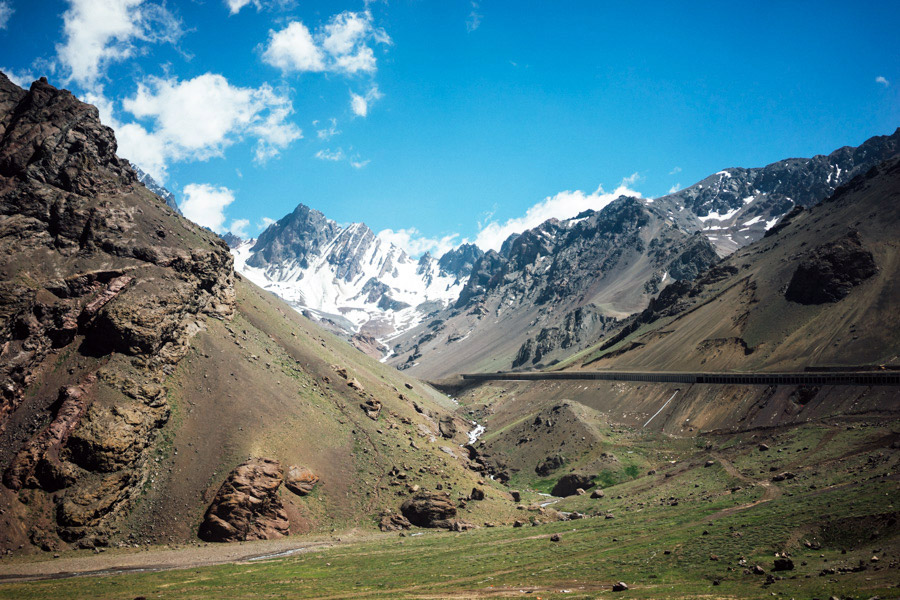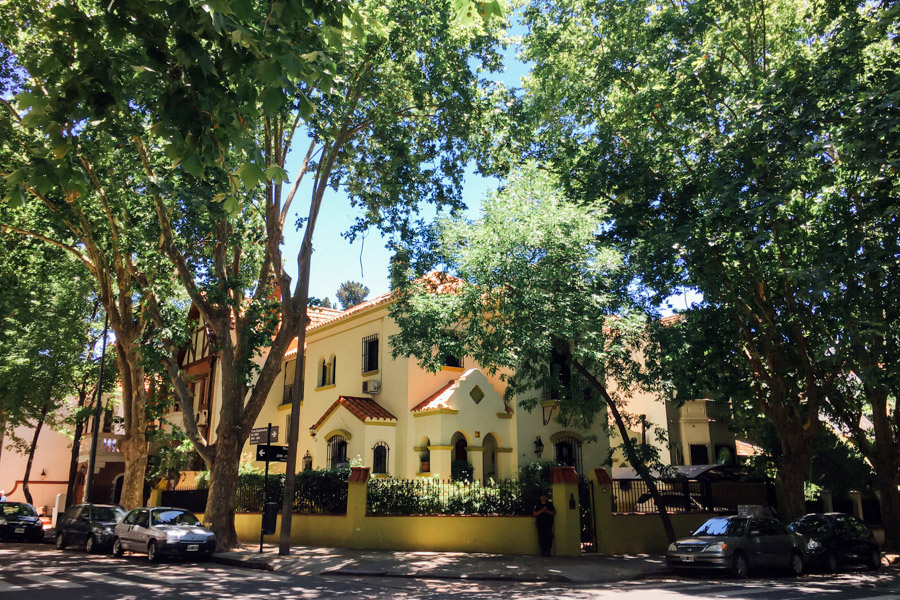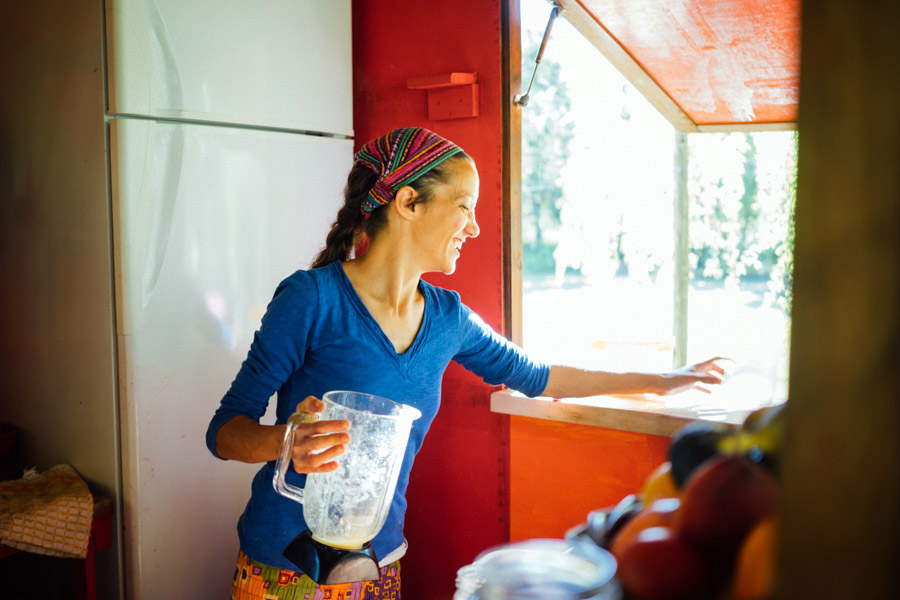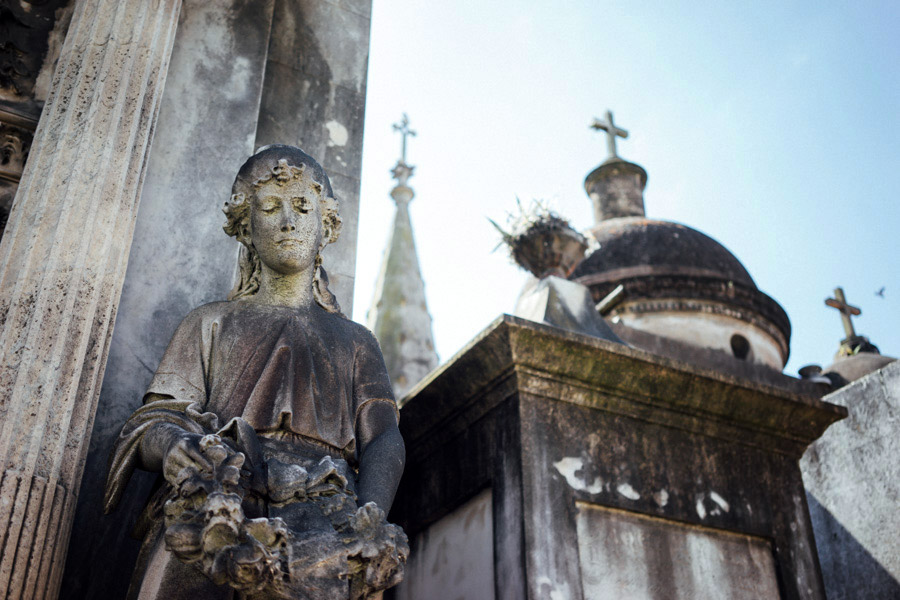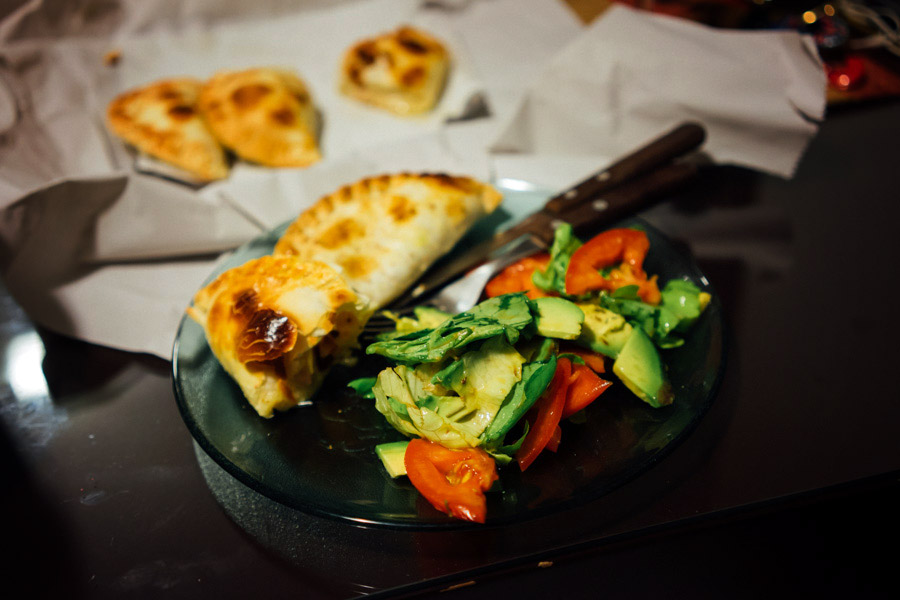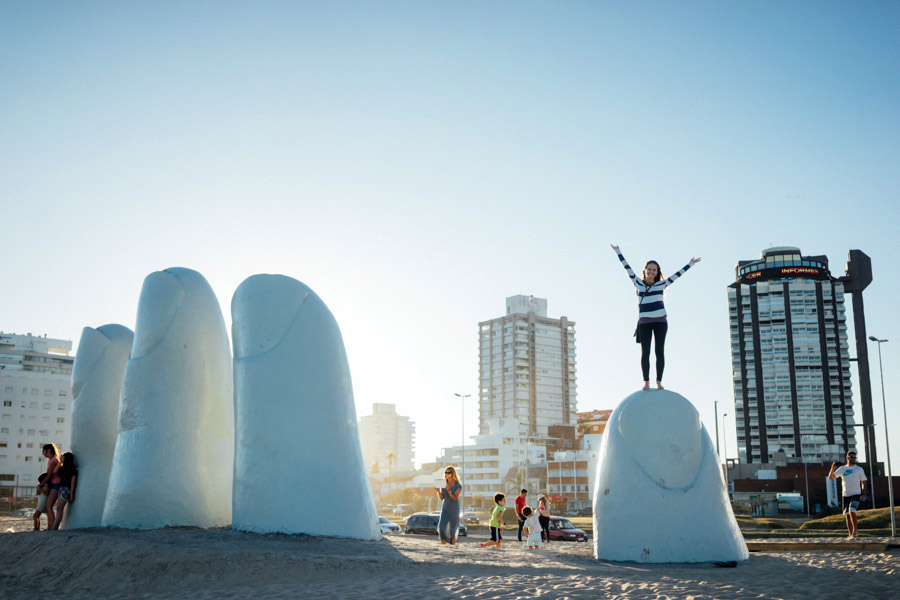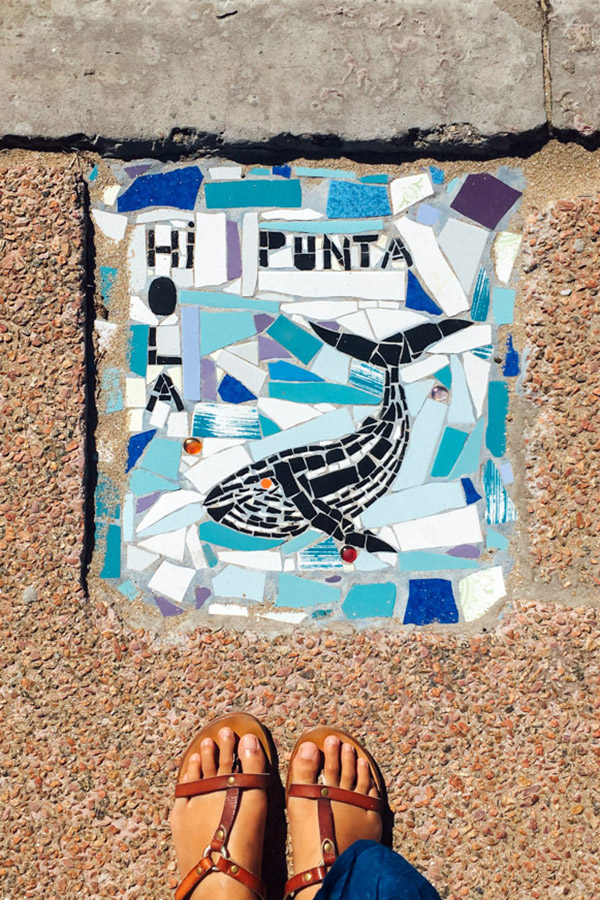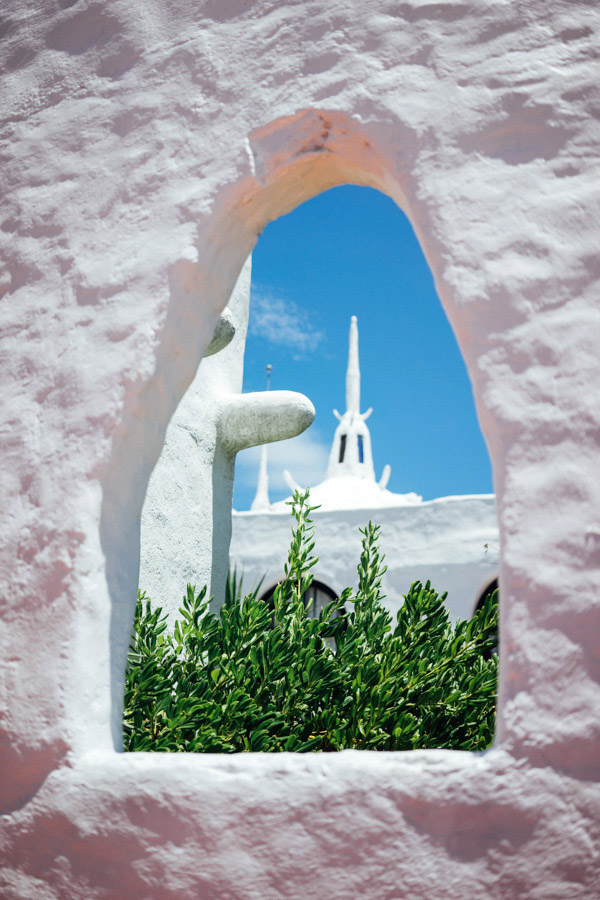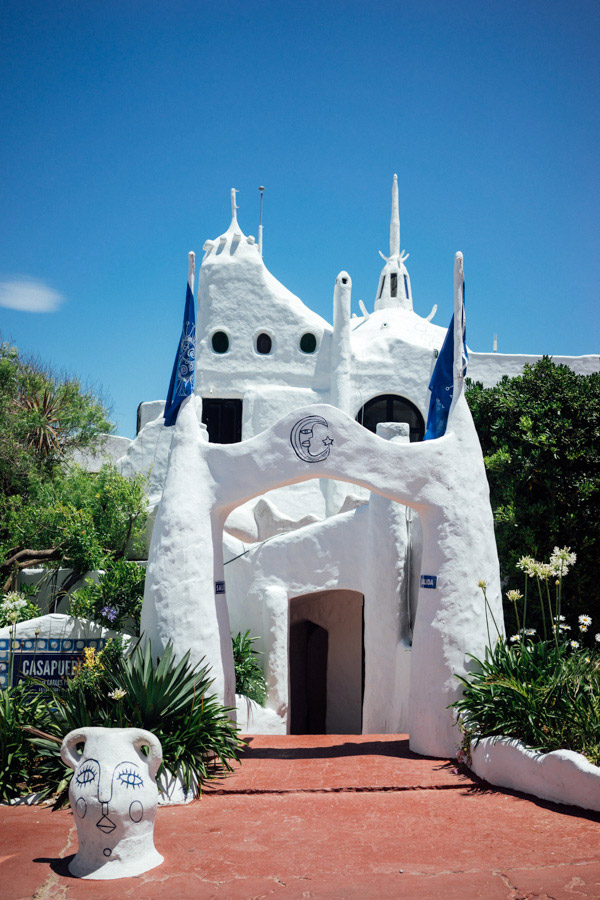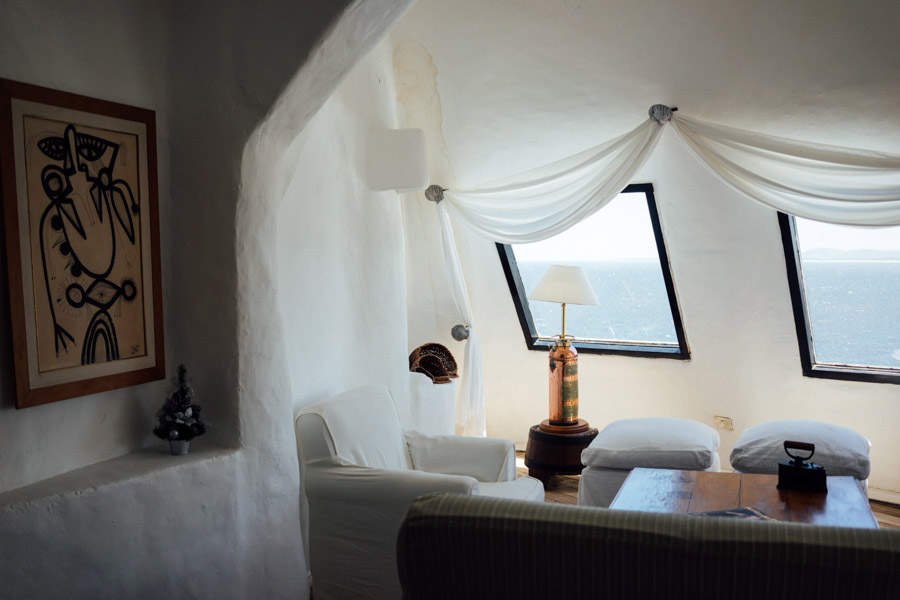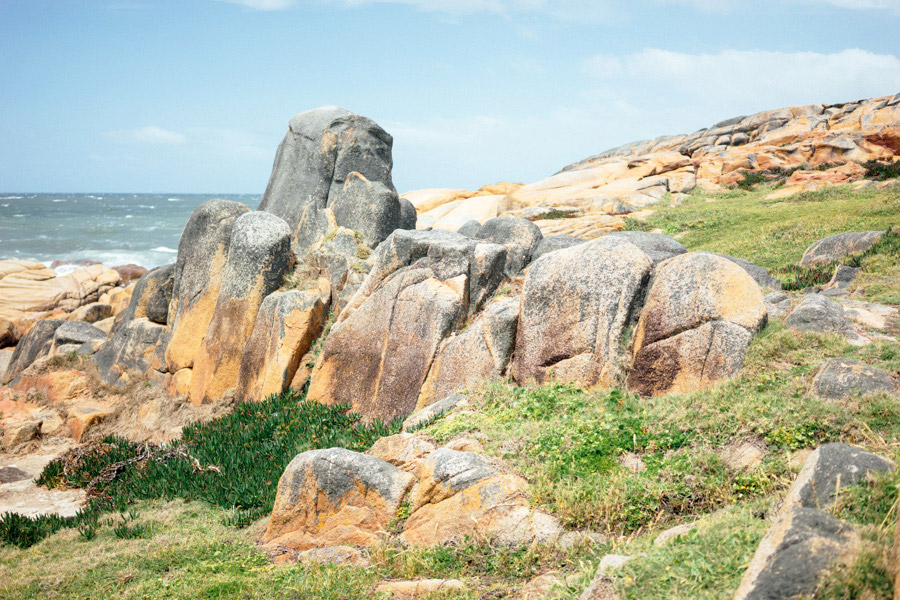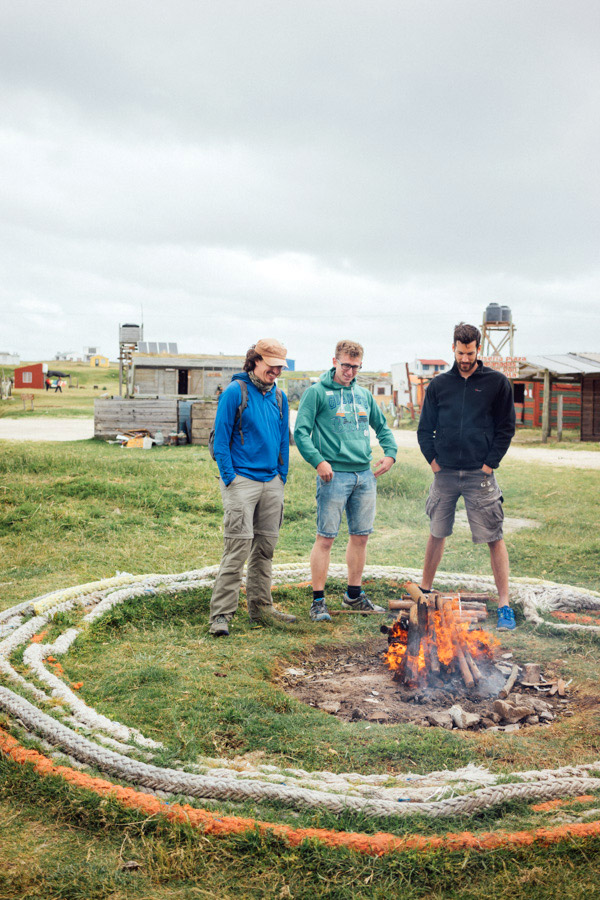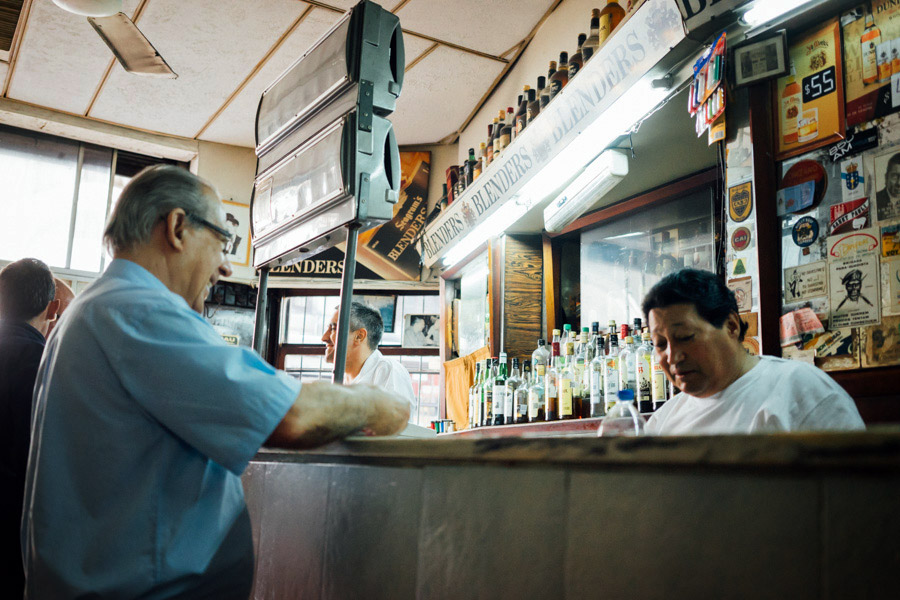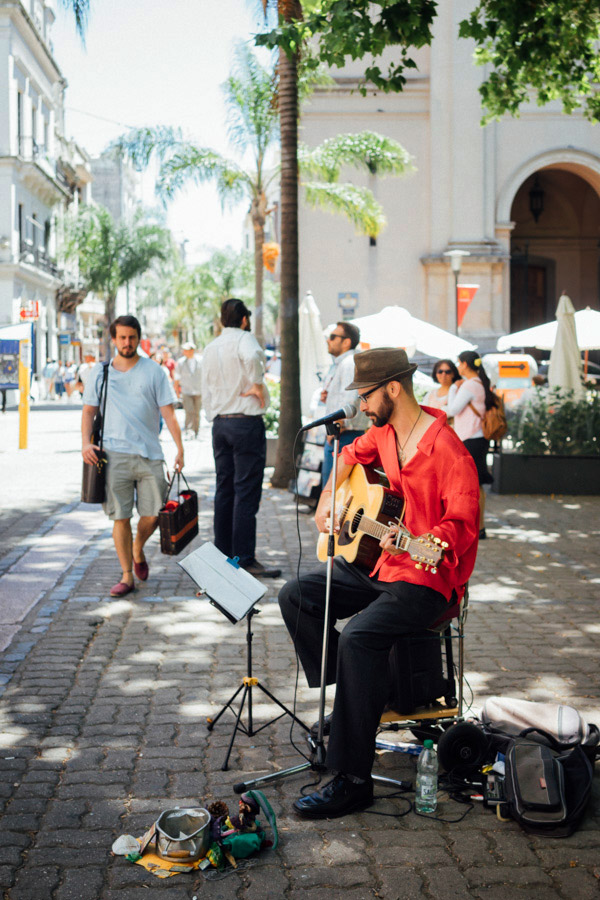Osvaldo Rodriguez - Valparaiso
Valparaiso
It’s a long, winding way down the Andes to Valparaiso, Chile, a coastal town two hours outside Santiago. The city’s hills immediately greet us with an energy and an air of San Francisco. A huge smile appears on our faces as we feel an immediate ease. After two weeks in Argentina, we missed the grit, the colors, and (somehow) a little bit of chaos. Valparaiso (and maybe all of Chile?) has it and more.
In the 1990s, the city decided to offer its walls to graffiti artists, giving Valpariaso its vibrant personality and amazing works of art. The ascensores (funiculars) bring people up the cliff for a couple hundred pesos, quirky by excellence. Stray dogs are everywhere, accustomed to the passerby, sometimes following in hopes of a fallen crumble of the empanada munched on the way to Pablo Neruda’s hilltop house. Most dwellings are colorful, but windows still bear iron bars as in all Chile.
We treat our taste buds to their first pisco sours (abroad), ceviches, and lomo saltado. Valparaiso reminds us of home with its wooden structures, art, food, and soul. Only the sun and language remind us where we are. Stairs are painted nearby with the phrase that can summarize the town, and how we feel: “We are not hippies, we are happies.” The puzzles at the b&b are just a bonus.


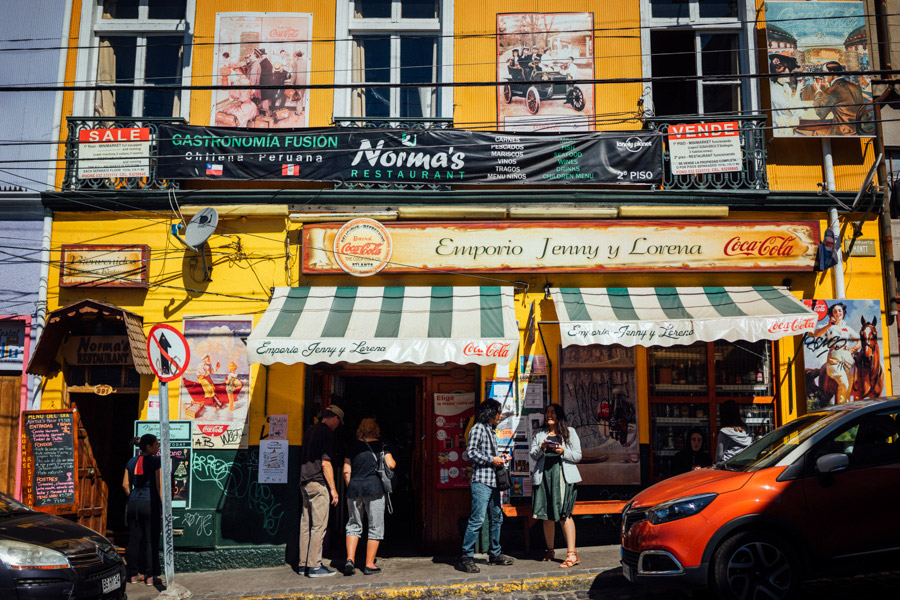


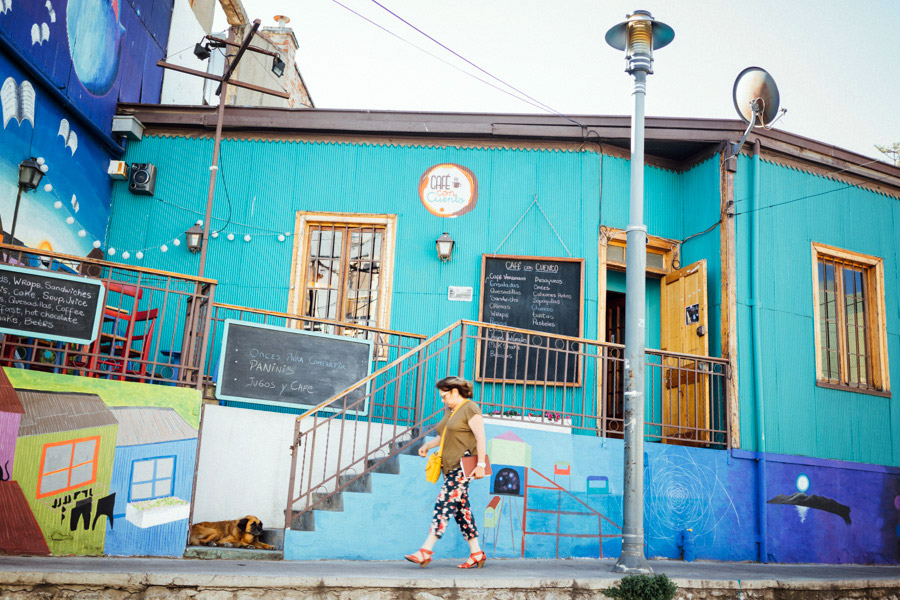






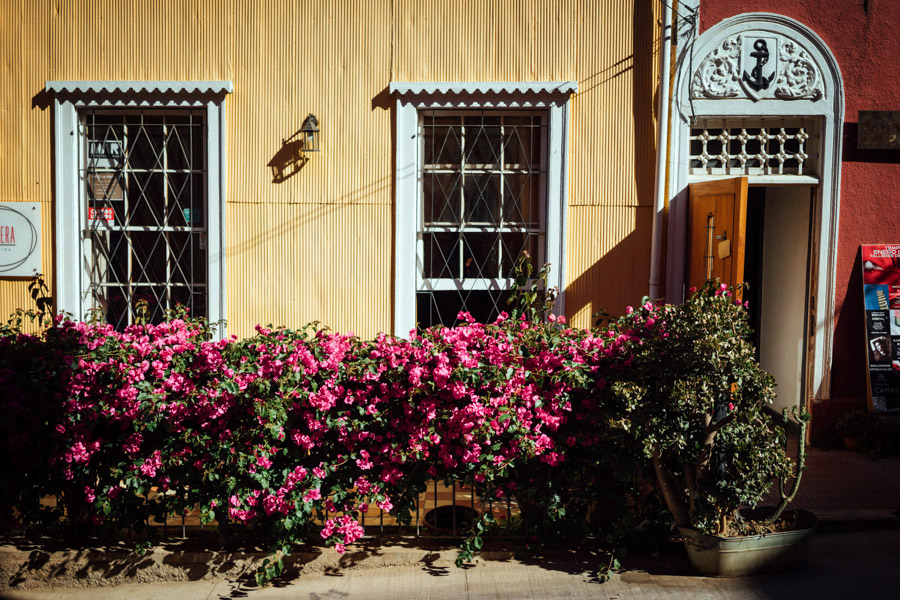



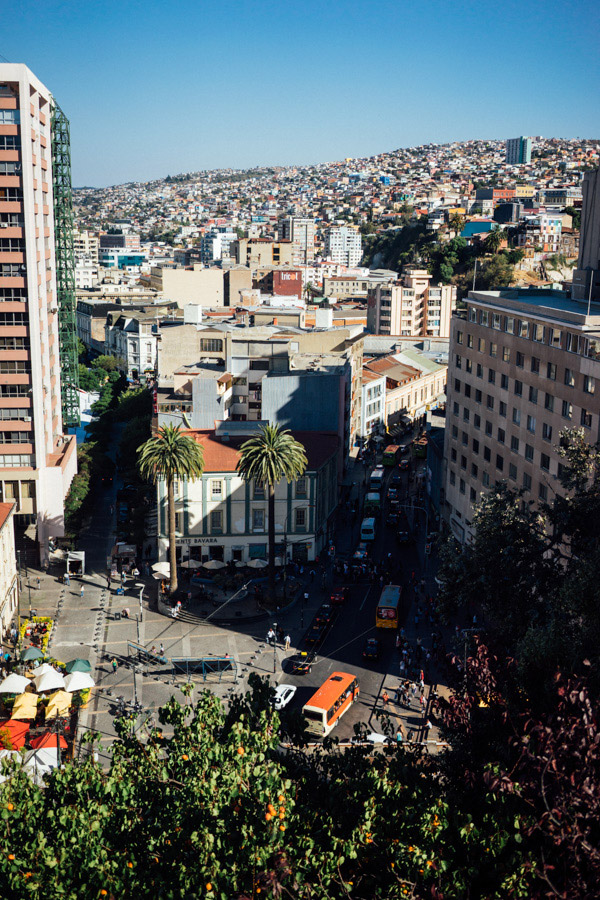

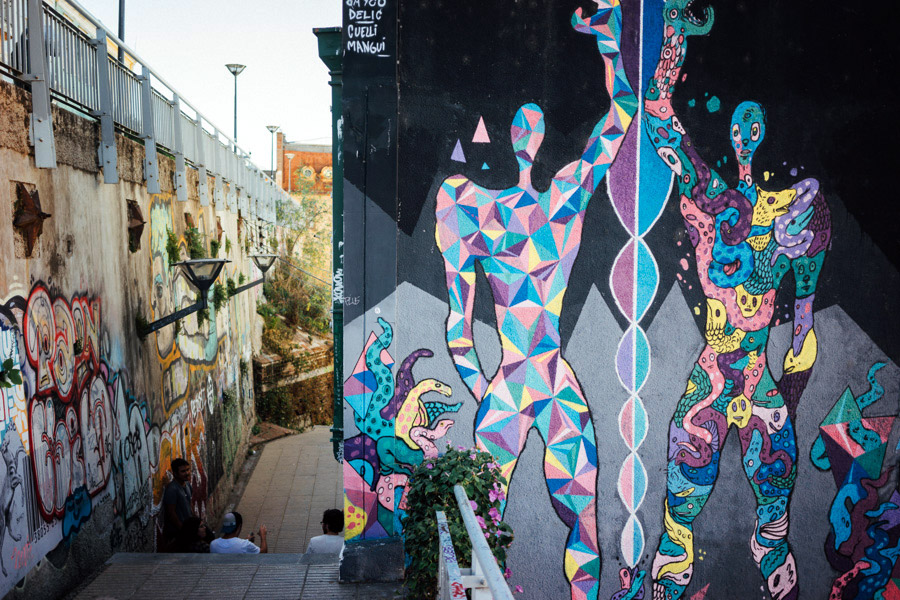






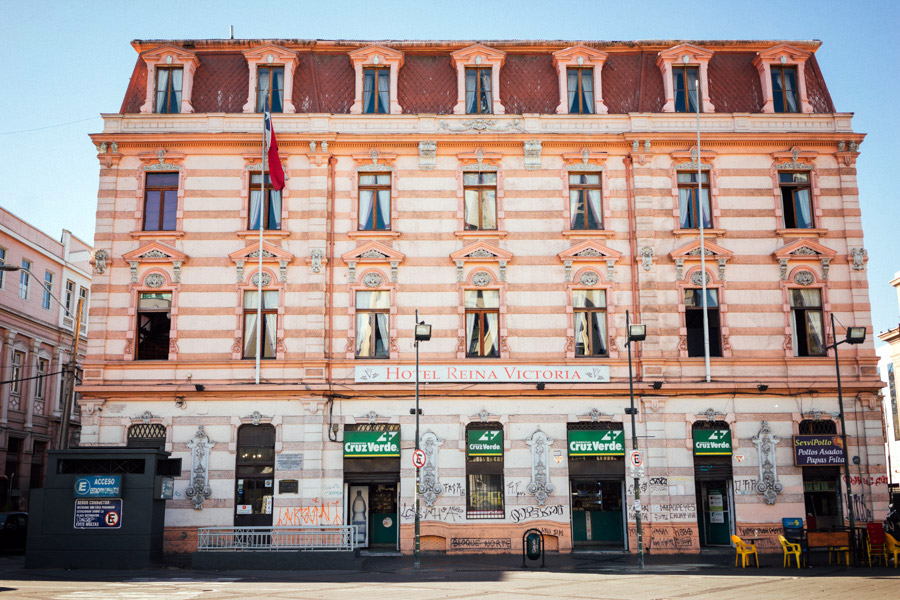



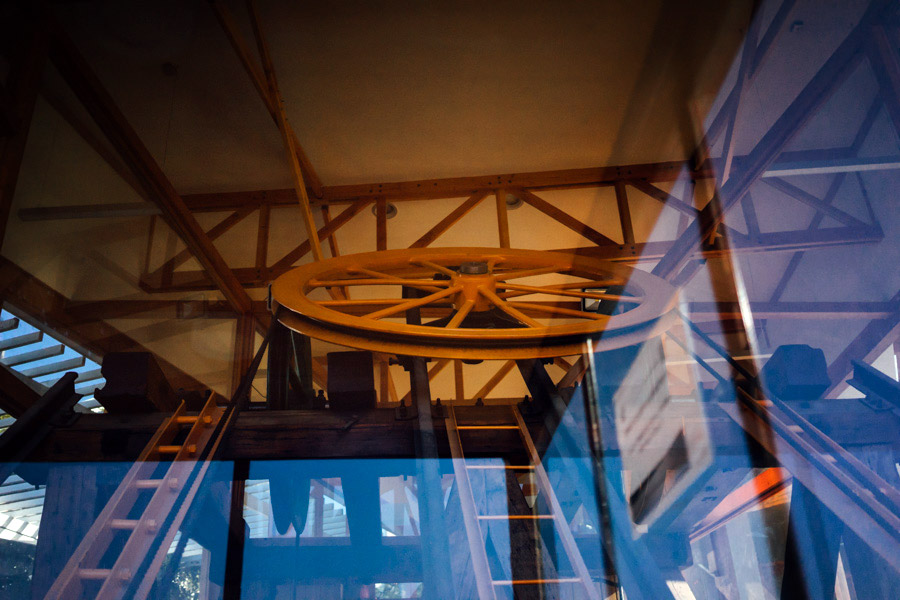


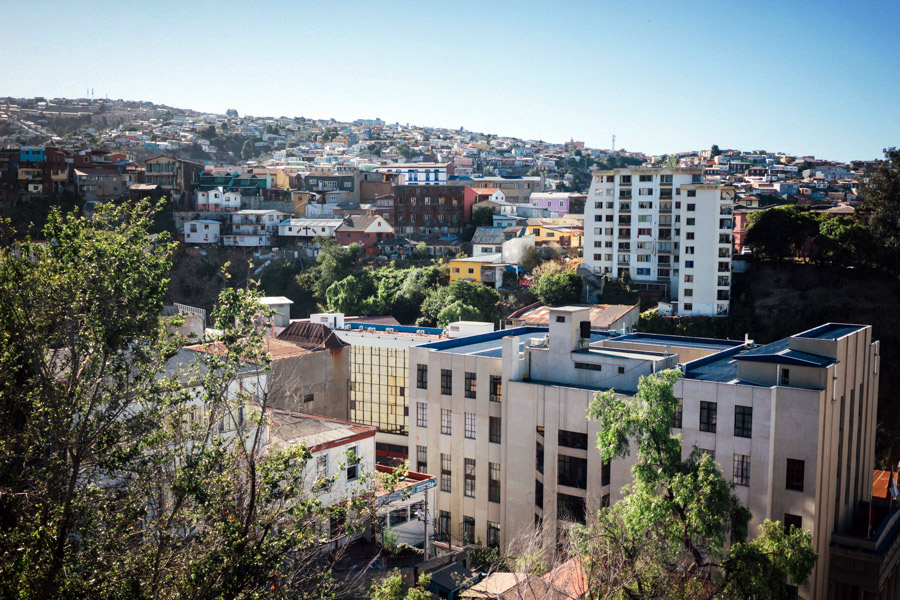

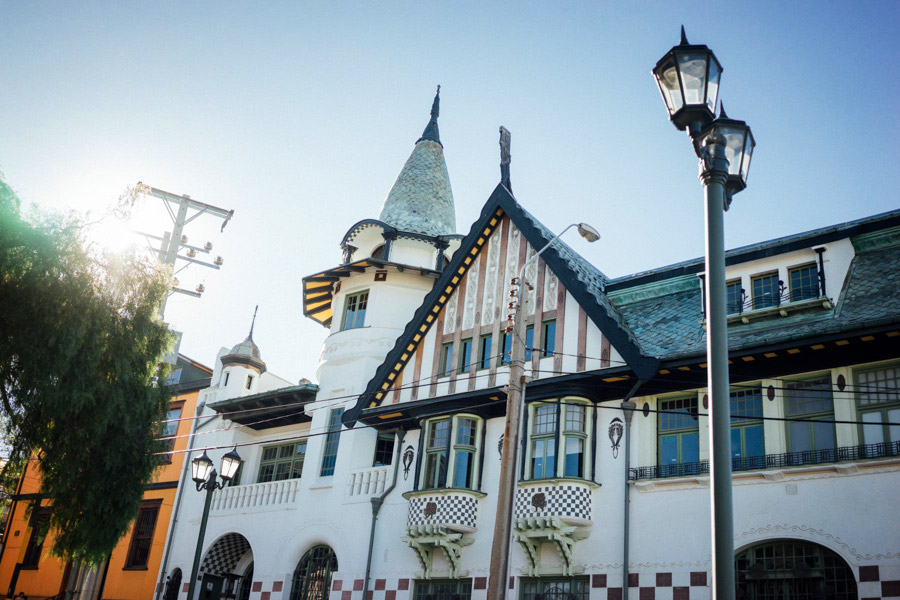





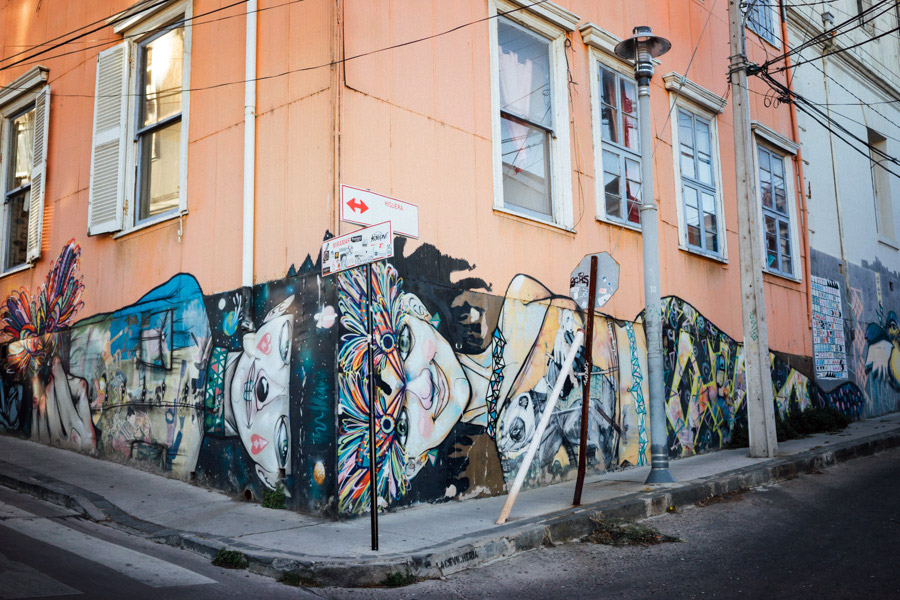










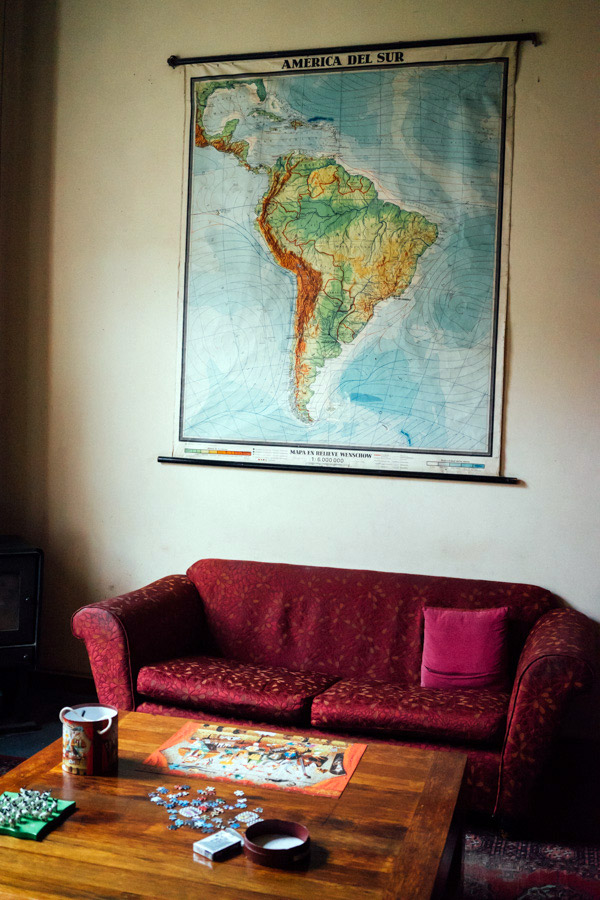
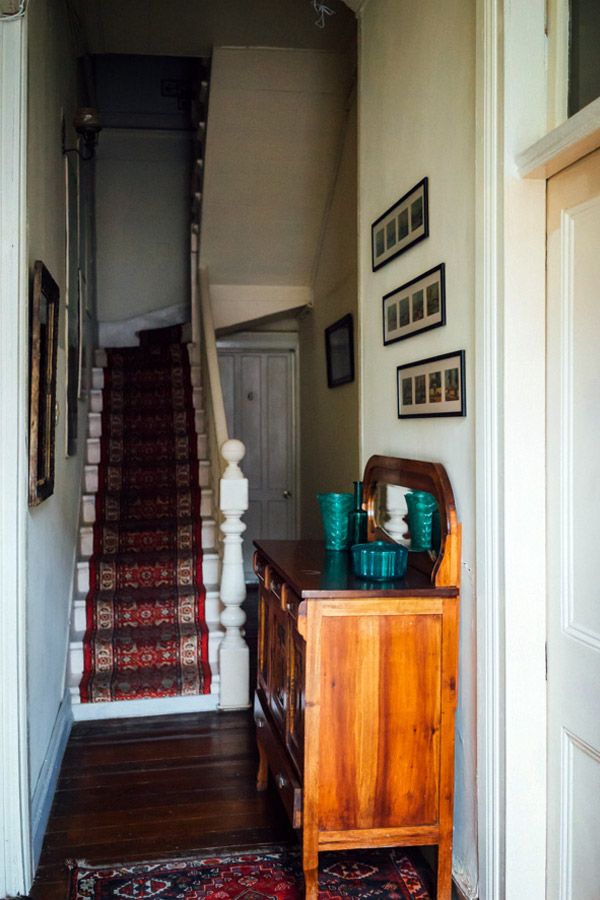



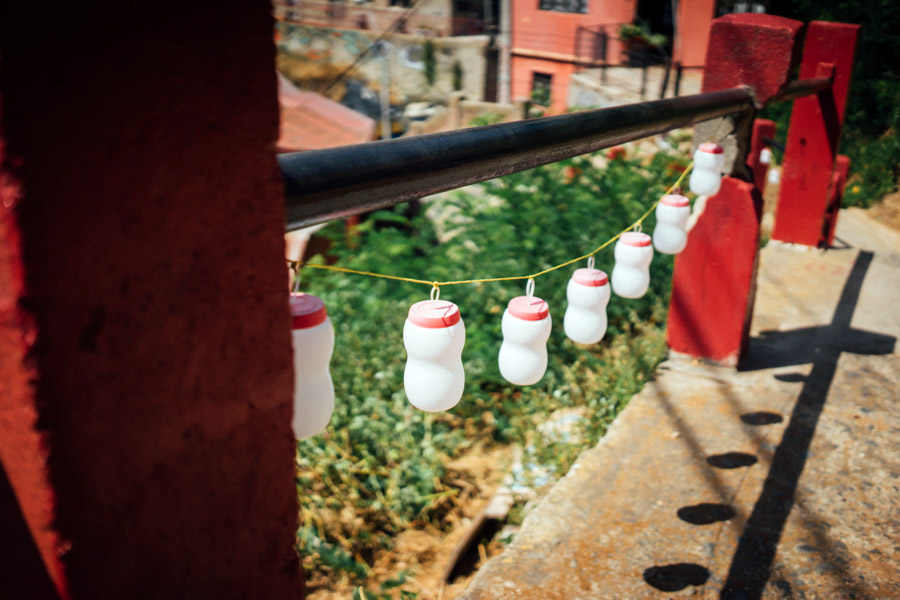








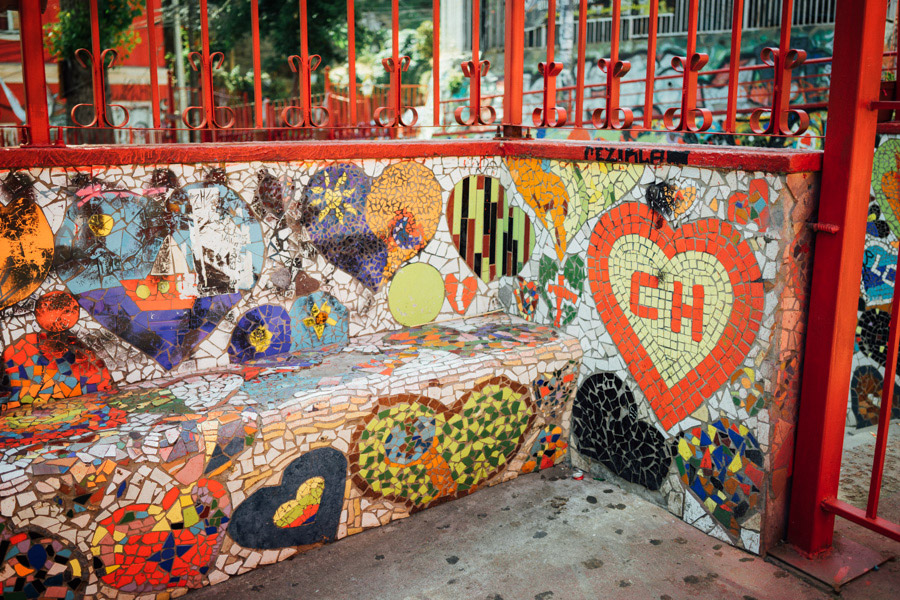





























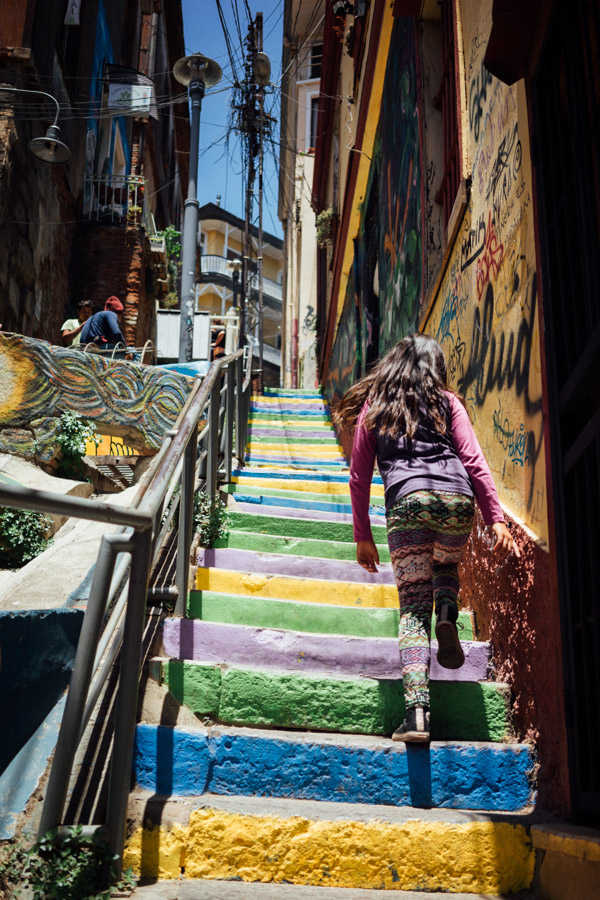













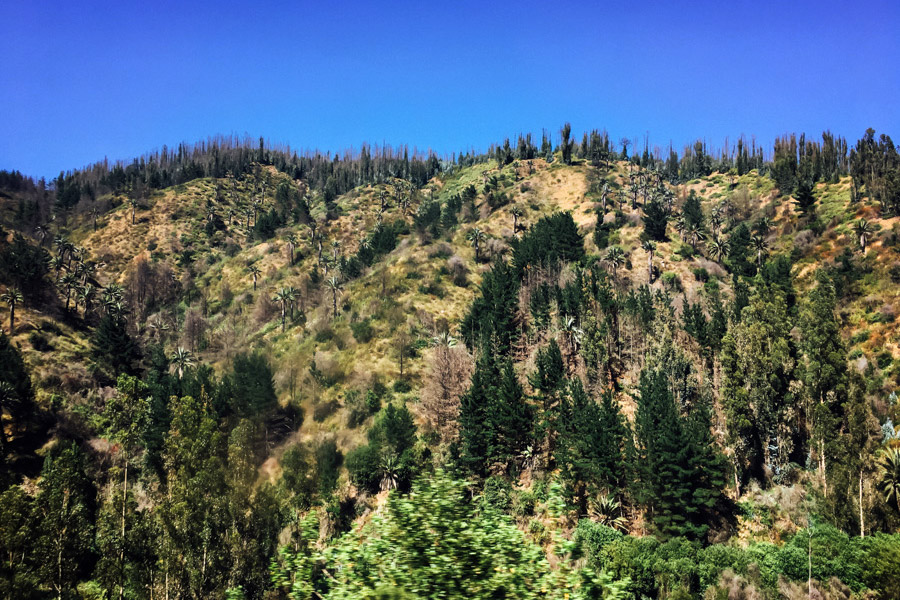

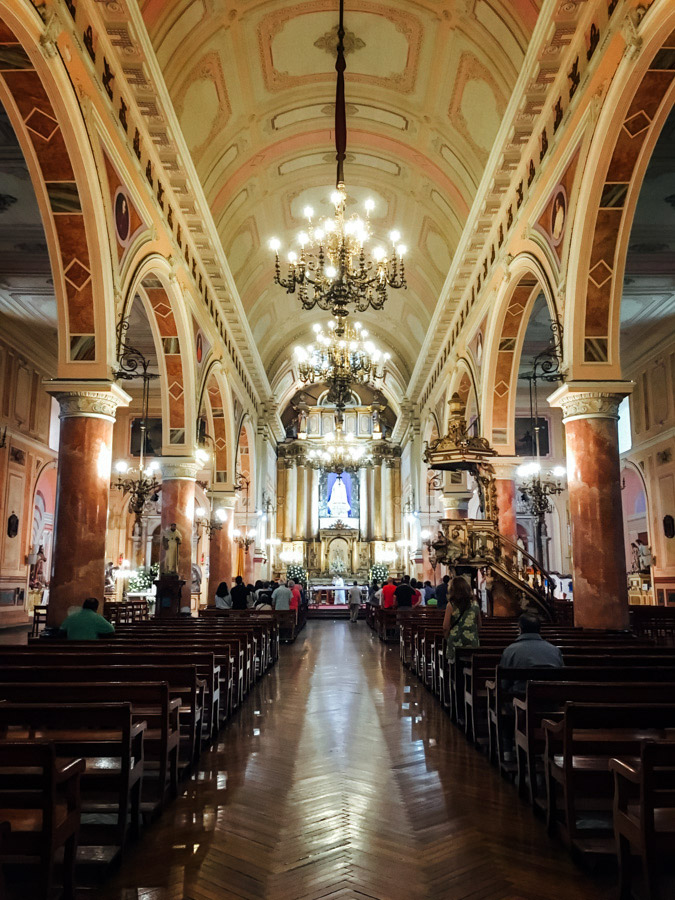







Valdivia
A few days later, it’s already time to leave. We head to Santiago only to catch a flight to Valdivia, a town we found because of its cheap flight avoiding another 14-hour bus ride. It’s at the edge of Chile’s lake region, and is the heart of the country’s German heritage. The local brewery is called Kunstmann and the bakeries sell German pastries. We arrive on the 25th of December, to the warm laughter of Viella and her staff at the Airesbuenos Hostel & Permaculture.
Viella was in the middle of preparing Christmas dinner, which we feel blessed to join. She calls it the Orphan Dinner; it happens every year, with travelers and staff, all far from home and their own friends and families. We meet Belgian girls, a young Finnish couple, a German girl traveling solo. There are other locals who stop by for the festivities, including two 6th generation Chilean brothers, speaking a perfect German from their heritage.
Chile’s mixed DNA shows us all its beauty. The locals talk to us about the natives hoping for autonomia near the Argentinian border. We have a BBQ dinner of pork, fish, and too much wine. We blow out candles on Jesus’s layered berry birthday shortcake, ending the night on a strange note of summer and Christmas, like a jazz chord we didn’t know could sound well. Another bus ride tomorrow already, to climb a volcano.





